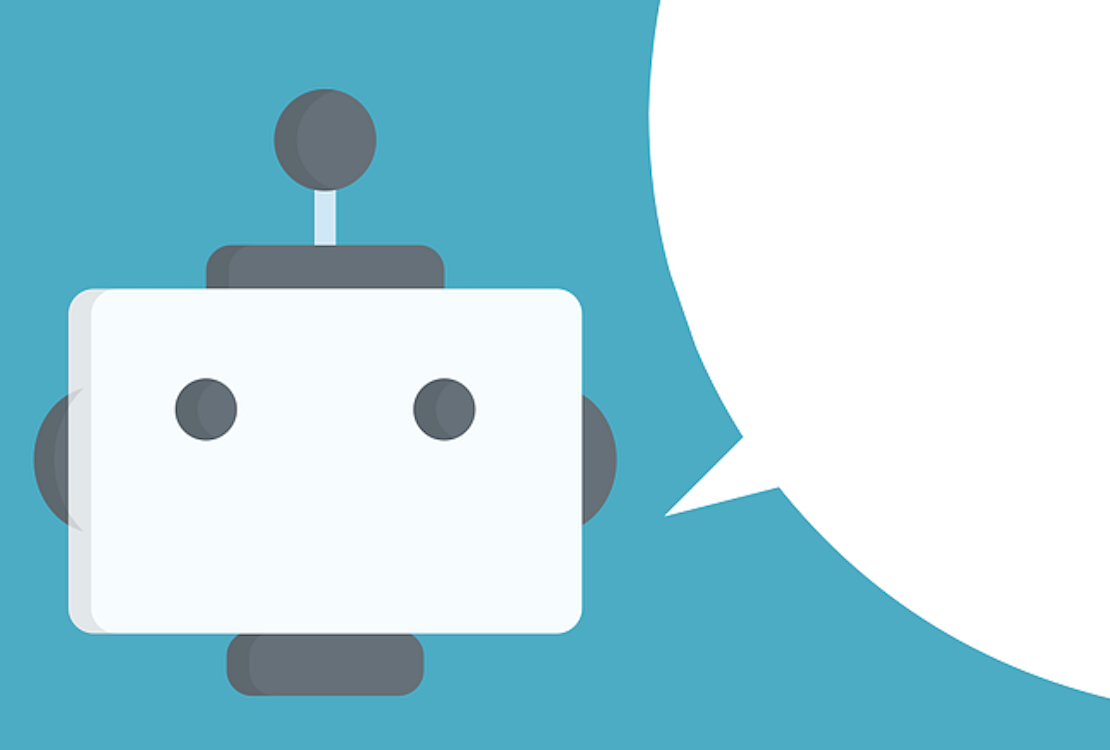Trust the Process-ing!

The rapid increase in the adoption of chatbot technology proves that chatbots are finally being recognised as efficient tools by many brands. We are also beginning to see a shift in the consumer’s attitude when confronted by a chatbot; it’s now the identification of the bot that’s being called into question and not necessarily its functioning capabilities.
The Humanoids
Chatbots often emulate that human-to-human interaction however, this can be confusing for the consumer. We have all been in a situation where all we want to do is talk to a human, so what happens when we find ourselves confronted by a humanoid character which, thanks to the advances in natural language processing and machine learning, appears to be a human? Consumers don’t really like being hoodwinked by these ‘artificial’ conversations, and furthermore, it doesn’t really show your customer service in the best light if a bot – who is believed to be human – ends up not being able to respond to a question or gets the answer completely wrong.
Why so Sceptical?
There is already a scepticism embedded within consumers when it comes to service bots. After all, an online setting is already an environment full of flaws and trip hazards. Perceptions are that a bot will be less empathic and/or knowledgeable even though that is not the case. When referring particularly to empathy, humans themselves can sometimes be completely devoid of it if they’re fatigued or dealing with a slew of difficult customers. Chatbots, on the other hand, have limitless empathy.
Stop Playing Guess Who
A well-optimised bot can be programmed to act almost like a human. When this is the case, transparency in identity is paramount.
If you know ‘how to use’ a bot, you will recognise you are more likely to get a good answer if you phrase your questions simply and directly. If the bot identity has been revealed, the consumers are more cooperative and accommodating.
The bot requires simple text inputs and so the consumers will comply for the sake of getting the answers they are seeking. They certainly don’t want to waste time typing a long-winded question with which a bot will struggle. By disclosing the identity of the bot, the consumers know to treat it as one.
We can reach the conclusion that conversations aren’t necessarily impacted by the competence of the bot, but the integrity of it. The answer? Let your users know to whom or what they are speaking.
Sign up for a free demo today
Streamline your customer support, sales and marketing through conversational AI and chatbots.
Get a Free Demo Today